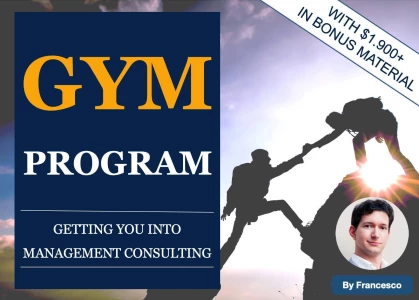Hello,
If given a profitability case, e.g. "the client is an elevator producer whose profits have declined. The client wants to understand what happened and how to grow profit again", how do you recommend to build a structure? In such cases, is it always a good idea to include the analysis of the market first (i.e. check first if the issue is external) and only then the analysis of the company and the evolution of its profits?
Thank you!


















